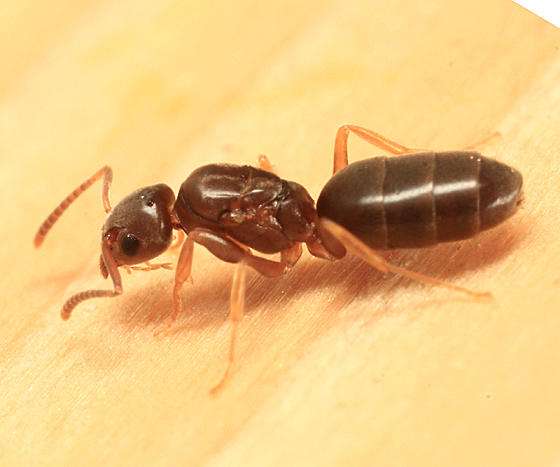
A genus of ants belonging to the Formicidae family by the common names of wood ants, mound ants, thatching ants, and field ants. The Formicidae and the Formicinae subfamily have Formica as their type genus. The European red wood ant, Formica rufa, is the type species for the genus Formica. Ants in this genus typically range in length from 4 to 8 mm.
Social characteristics
Ants are eusocial organisms, meaning that they cooperate with one another to carry out activities that they are unable to complete on their own. The caste system used by other ant genera, which are based on an individual’s specialization and morphology, is absent in the genus Formica. Individual ants often occupy the same spot in the raft that they previously occupied. Specialization can be seen in the raft’s repetition of the same role.
Identification
Large (3/8-inch) ants that are frequently mistaken for carpenter ants. Wide range of hues, including black, brown, tan, reddish, and red and black. Thorax appears to be rough. The presence of three ocelli on the head, which are simple eyes located on the front of the head between the compound eyes of the ant, is a defining characteristic.

Nests
Formica nests come in a wide variety of shapes and sizes, ranging from little shaft-and-chamber excavations in the ground to huge mounds found in stumps, beneath stones, or underneath logs. All are not arboreal. Both the Nearctic and Palearctic areas have a large population of the genus.
Biology
It’s noteworthy to notice that the free-living Serviformica species do not form a monophyletic clade and that the parasitic colony founding in wood ants and Raptiformica slave-makers is likely to have a shared origin. The results suggest that in the Formica genus, the creation of parasitic colonies is likely a transitional stage between free-living hosts and slave-maker parasites.
Management
Management comprises treating colonies by fully soaking mounds with enough diluted, suitably labelled pesticide using a sprayer to provide total saturation throughout the colony, which may be 8–12 inches in diameter or larger. To treat the colony below, it might be necessary to lift things off the ground. Granular bait products may also be used to control the colony, albeit they may not always be easily accessible over-the-counter.
Table





